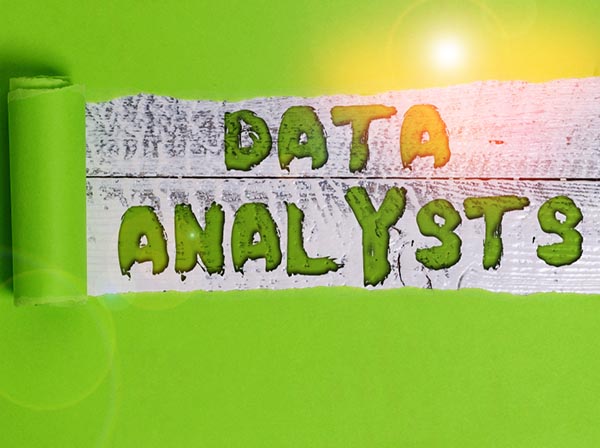Data analysts help businesses make better, more informed decisions by not only collecting and investigating data, but also translating the relevant information into useful observations for their customers, which can include technical staff, business teams, or leadership. In many organizations, data analyst and data scientist roles share similarities, but data analysts focus on speedily interpreting patterns and trends from information. As noted by Cassie Kozyrkov, in the Harvard Business Review, “The best analysts are lightning-fast coders who can surf vast datasets quickly, encountering and surfacing potential insights.”
Data
analysts must have broad business and technical
knowledge. Extensive domain knowledge is required to make sense of data sets in
context.
Data
analysts need the following skills:
- Statistics
- Programming
languages
- Computational
frameworks
- Data
architecture competency, such as data warehousing and NoSQL
- Excellent
communications to explain results, using data visualizations and written
reports as needed
Since business contexts differ, the
data analyst role is evolving. A data analyst’s task list depends on the
organization’s size, maturity, domain, and market. However, data analysts of
all stripes are great at figuring out which problems to prioritize and find
immediate solutions to them.
Other Definitions of Data Analysts Include:
- “Examiners of vast amounts of varied data to uncover hidden patterns, customer preferences, and market trends.” ( Keith D. Foote)
- “Determiners of how a company’s work and customer base have affected profits and advisers of leadership on ways to move forward and grow the business.” (Southern New Hampshire University)
- “Collectors, processors and performers of statistical analyses of data.” (Masters in Data Science).
- “Processers of data to generate insights to drive decisions, actions and, eventually revenue or other impacts.” ( Forbes)
Businesses Use Data Analysts to:
- Advise and determine organizational goals
- Provide affordable, speedy, and quality business intelligence to
clients or employers
- Develop, test, and improve on BI capabilities
- Find and identify new opportunities
- Provide clear and concise data reports and visualizations for
management
Image used under license from
Shutterstock.com
